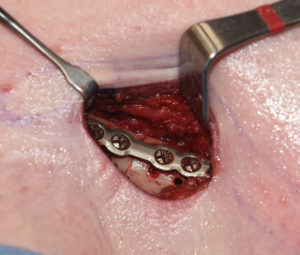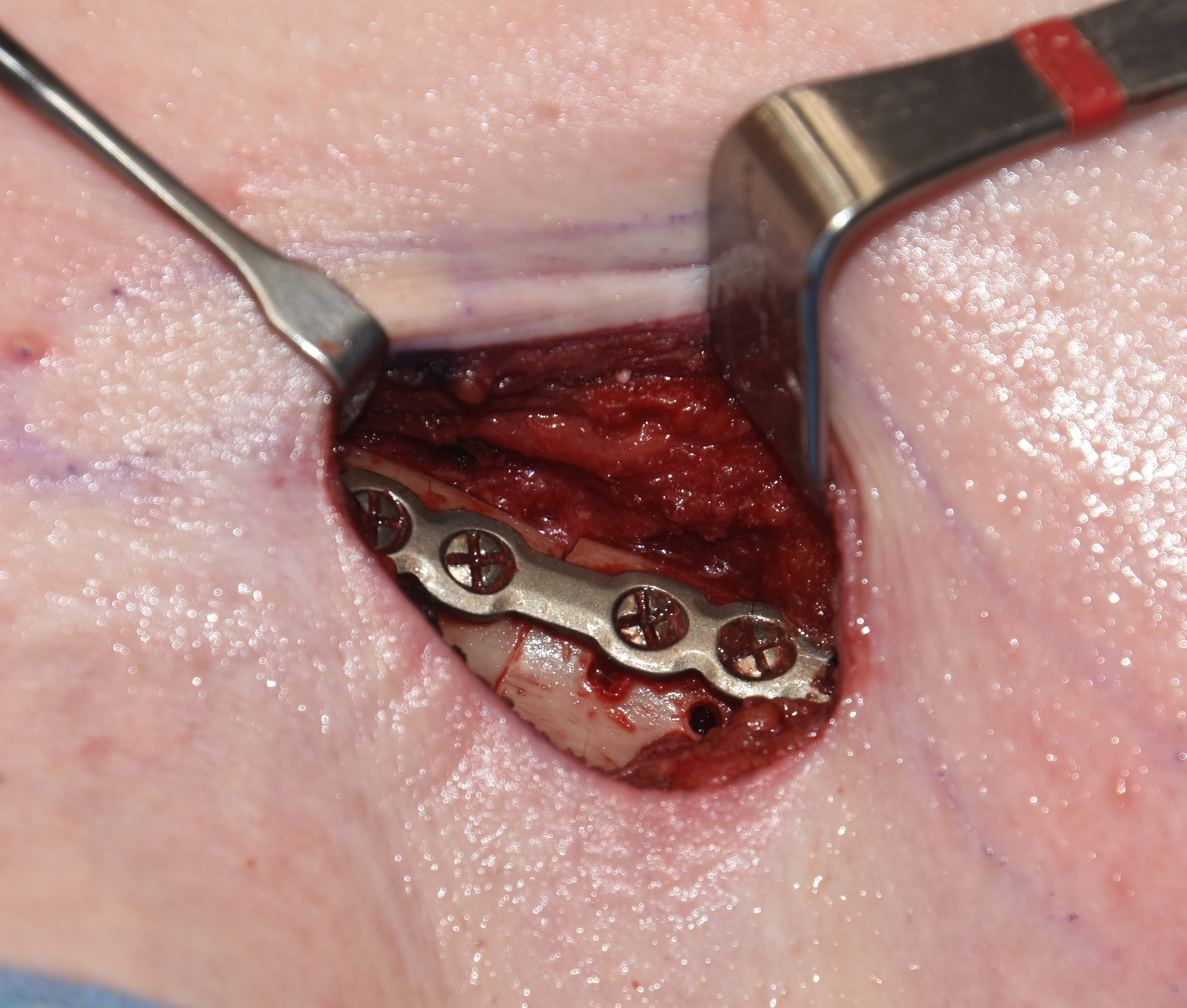SHOULDER NARROWING REHABILITATION PROGRAM

This program is designed to improve the functional mobility of your shoulders and arm after bilateral clavicle reduction surgery. Think of your recovery and progression of rehabilitation in five phases.
PHASE 1 (Weeks 1 to 2)
This is the early recovery phase when you will be ‘short-arming’ it. (like a T-Rex) However you can move your forearm and hands while keeping your elbow pinned to your side can be done.
You will perform isometric or static exercises several times daily. During isometric exercises you contract your shoulder and arm muscles but without movement of the actual shoulder joint itself.
Squeezing a small racquetball several times a day will help maintain grip strength.
If you feel you up to it walking and stair climbing can also be done.
PHASE 2 (Weeks 3 and 4)
It is time to begin some increased range of motion of your shoulders. Your elbow and upper arm may be lifted out and away from your sides as well as to the front out to 45 degrees….but not to the back as this places the greatest strain on the clavicle. This is also to be done using no weight.
Shoulder/forearm and hand isometric exercises can and should still be done to maintain some degree of muscle tone.
PHASE 3 (Weeks 5 and 6)
It is time to increase the range of motion of your shoulders. Your elbow and upper arm may be lifted out and away from your sides as well as to the front out to 90 degrees. The elbow can be elevated out to 45 degrees to the back. Some weight can be added up to 5 lbs with these range of motion movements.
A good range of motion exercise for the shoulder is the Wall Crawl. Begin passive wall crawl three times a day to build shoulder range of motion. To do the wall crawl simply walk your fingers up a wall as high as you can without too much discomfort in the shoulder. Each day, do a little more. Do not have the hand go any higher than the top of your head.
PHASE 4 (Weeks 7 and 8)
In the final phase of your recovery your range of shoulder motion or wall crawl should be up to as high as your hand can go along the wall several times a day.
Strengthening exercises can be up to 10 lb weights with your elbow straight and ar raised to the front and to the sides at 90 degrees.
PHASE 5 (Weeks 8 and Beyond)
From here on out you should be able to resume all non-strenuous/athletic activities with normal range of shoulder motion. The bones should be sufficiently healed that your range of motion should be unrestricted. and pain free.
Full weight bearing/strengthening activities as well as sporting activities that exposes the shoulder to stress can be full done by 12 weeks after surgery.
SUMMARY:
It is a bit of long recovery to full unrestricted activities and weight bearing but the bilateral nature of the surgery makes for a judicious approach to the recovery process.
Dr. Barry Eppley
Indianapolis, Indiana



